In recent years, the question of ethical representation in global development has moved from the margins to the centre of debates about communication. Images and films produced for NGOs have enormous power to shape how communities are perceived. But what does it mean in practice to create visual stories that respect dignity, protect rights, and remain true to lived realities?
To explore this, I spoke with three visual storytellers working across different regions: Saobora Narin, an independent filmmaker in Cambodia; Fabrice Mbonankira, a documentary photographer from Burundi; and Mutunga Al-Amin, a filmmaker and photographer based in Kenya. Their experiences reveal both the strengths and shortcomings of current ethical guidelines, as well as the delicate balance between organisational requirements, creative practice and community trust.
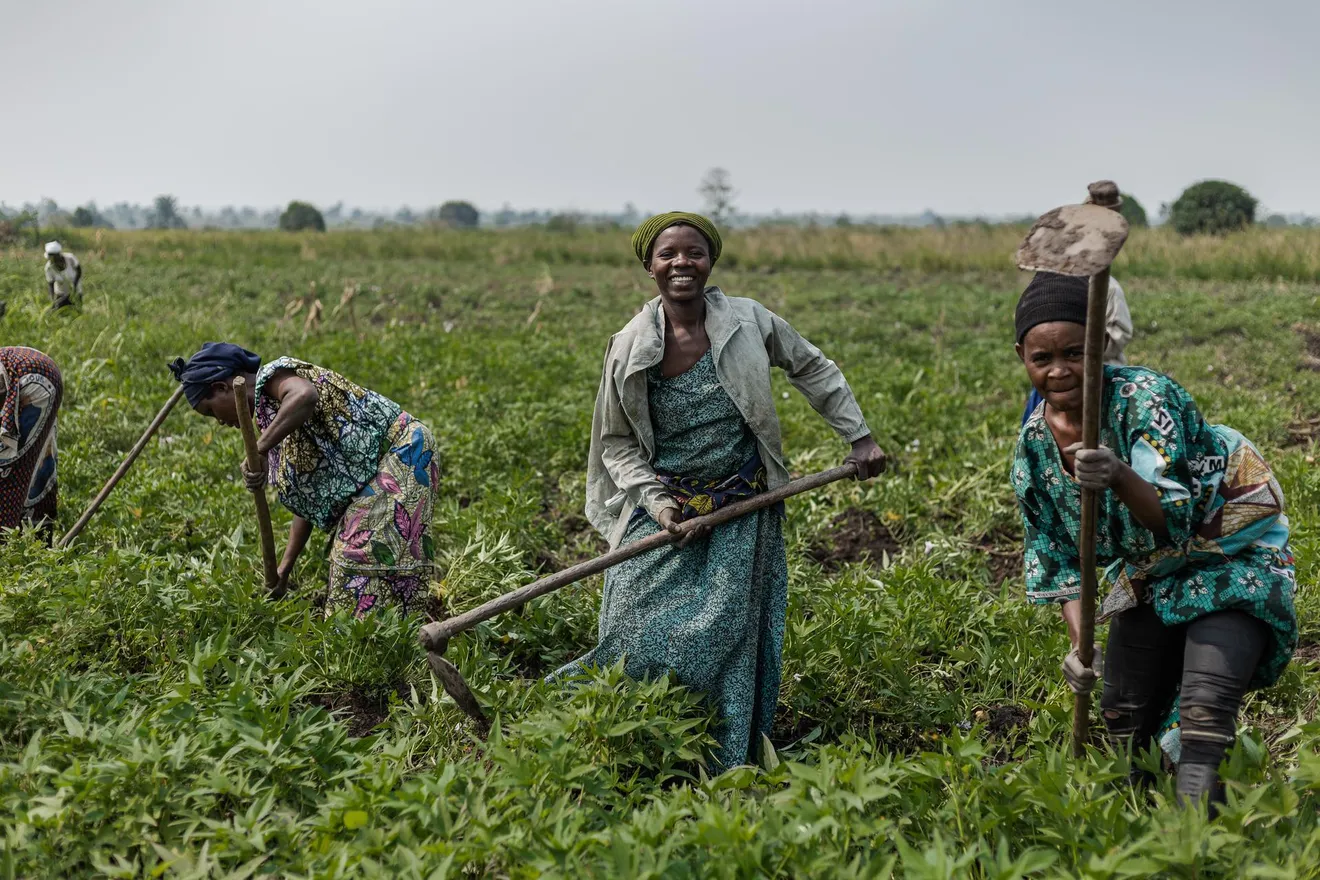
2025, DRC, Kawizi. Furaha Marceline (L), Mamy Zuena (C) and Busime Sarah (R) join AgroPax, backed by Connexio develop and the Methodist Church. They cultivate fields, form savings groups, and raise livestock—strengthening food security and peaceful coexistence despite conflict and food theft.
©Fabrice Mbonankira/Connexio develop/Fairpicture
All three interviewees agreed that ethical guidelines are now an integral part of NGO briefs. For Bora, who has worked with UNICEF, UNESCO and Save the Children, these guidelines form the backbone of his practice “Maybe 20% of my approach is personal style, while 80% follows the ethical rules,” he explained.
Typically delivered in written form, these guidelines stress informed consent, appropriate portrayal of children and respect for privacy. Bora re-reads them multiple times before and during assignments, ensuring clarity. For him, they act less as restrictions and more as a framework within which creativity can flourish.
Fabrice echoed this emphasis, highlighting that two principles remain constant across projects: dignity and consent. However, he acknowledged that applying these rules is not always straightforward “Obtaining consent is very tricky in most cases because the person expects something in return. Fairpicture’s FairConsent app has made this easier, but challenges remain.”
For Mutunga, guidelines from organisations like Fairpicture stand out for their practicality. He praised the combination of strong ethical principles with tools like the consent app, which ensures accessibility even for participants who cannot read. “Because of tools like this, it doesn’t take long to fully understand and align with the guidelines,” he explained.
Together, their experiences show that while guidelines are essential, their effectiveness often depends on how they are communicated and supported by tools and processes that fit local contexts. It is also interesting that guidelines are mostly in written format. Why not produce them in video format for example or as an infographic?
Mutunga Al-Amin
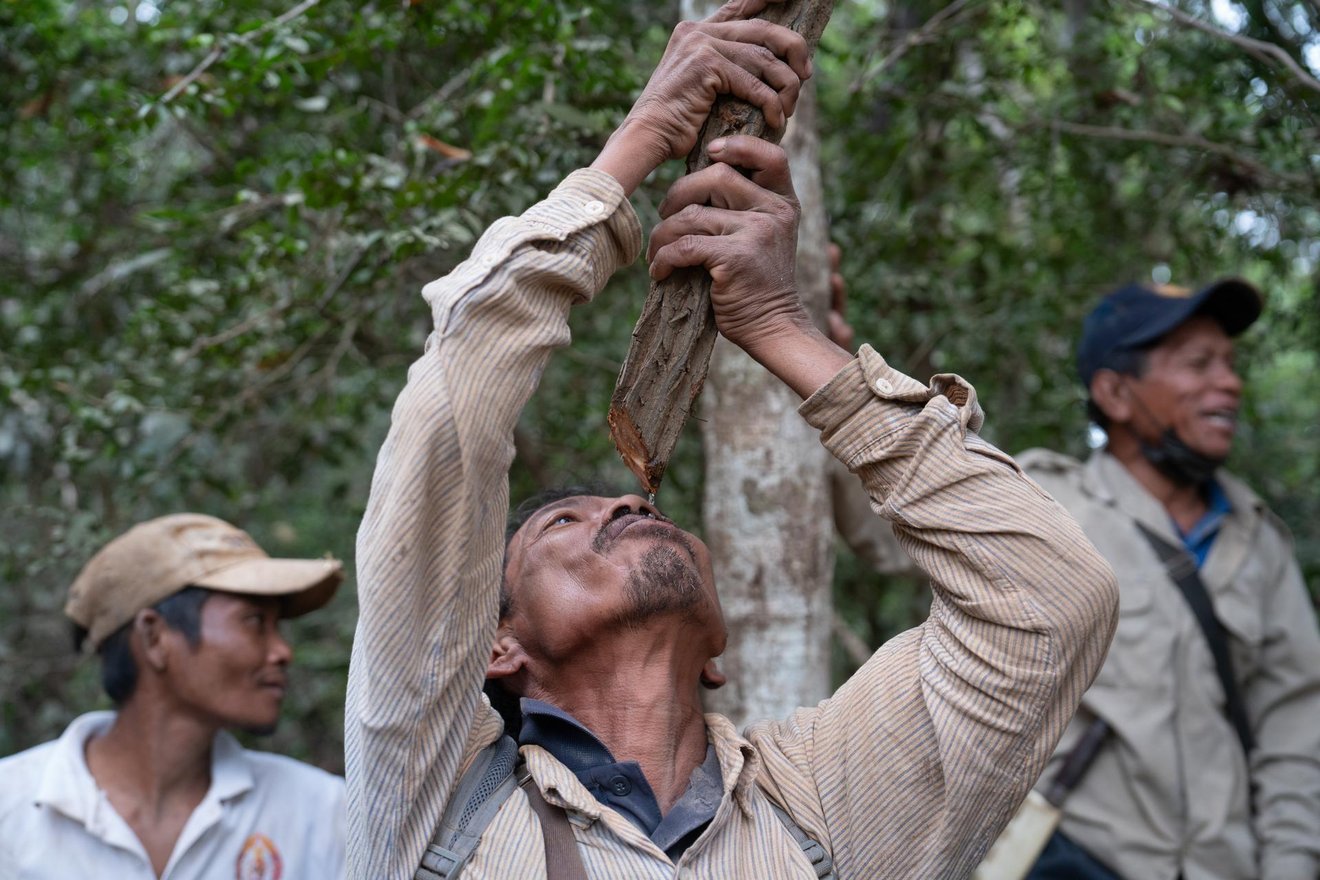
2025, Cambodia, Steung Treng Province. Pich Saran, 54, grips a branch from the water tree and takes a cautious sip to ensure it’s safe.
©Saobora Narin/MCC/Fairpicture
Informed consent emerged as the most challenging aspect of ethical storytelling. In Cambodia, Bora described the extra care needed to explain consent forms, which are sometimes confused with official land contracts. “I take extra time to explain: this consent is only for publishing photos in magazines or online. Once they understand, they are happy to sign,” he said.
For Fabrice, the difficulty often lies in expectations of payment. In one case, a participant demanded money after discovering that images from a project had won an award. Written consent protected him legally, but the situation highlighted the emotional and relational complexities involved.
Mutunga noted a similar challenge “People sometimes assume they will be paid simply for having a conversation or sharing their story. It requires patience, transparency, and careful explanation to make sure they understand the purpose of the work.”
Despite these difficulties, all three storytellers emphasised that building trust is at the heart of the process. Fabrice invests time in familiarisation, talking with people about their lives beyond the project. Mutunga stresses presence, transparency, and accountability. He spends time listening before filming, involving communities in how they are represented, and sharing results afterward.
Bora also noted the pride many Cambodians feel in being photographed “In Cambodia, people usually welcome being photographed. They feel proud to share their stories.” This illustrates how cultural context shapes the reception of ethical practices i.e. what feels natural in one country might feel intrusive or problematic in another.
David Girling, Associate Professor, University of East Anglia
One recurring theme across the interviews was the influence of organisations themselves. For Bora, NGOs generally support his approach and occasionally adapt guidelines when he explains the need for broader storytelling beyond simple portraits.
Fabrice, however, has faced situations where organisational requests conflicted with his values. He recalled instances of culturally inappropriate consent procedures, where participants feared the signing of documents. Still, he found ways to adapt, ensuring communities felt comfortable before proceeding.
Mutunga offered a particularly striking example. When asked by a client to document poverty in a way that risked being exploitative, he pushed back “I explained my concerns, suggesting instead that we also capture moments of resilience, culture and everyday life. In the end, the client agreed and the final work was stronger and more authentic.”
This highlights the active role storytellers can and must play in challenging briefs that risk reproducing stereotypes or harming communities. Ethical practice is not only about following rules but also about exercising judgment and courage.
Across the three conversations, several suggestions emerged for improving ethical guidelines.
Clarity and Accessibility
Guidelines should be communicated in clear, simple language, supported by tools like audio consent for non-literate participants.
Community Orientation
Providing awareness sessions for communities before projects begin could reduce confusion and build trust.
Flexibility
Organisations should allow space for storytellers to capture authentic moments beyond prescribed portraits or shot lists.
Cultural Sensitivity
Consent procedures and ethical expectations must adapt to local contexts, avoiding misunderstandings or fear.
Balance in Storytelling
NGOs must resist one-dimensional portrayals of suffering and instead highlight dignity, resilience and everyday life.
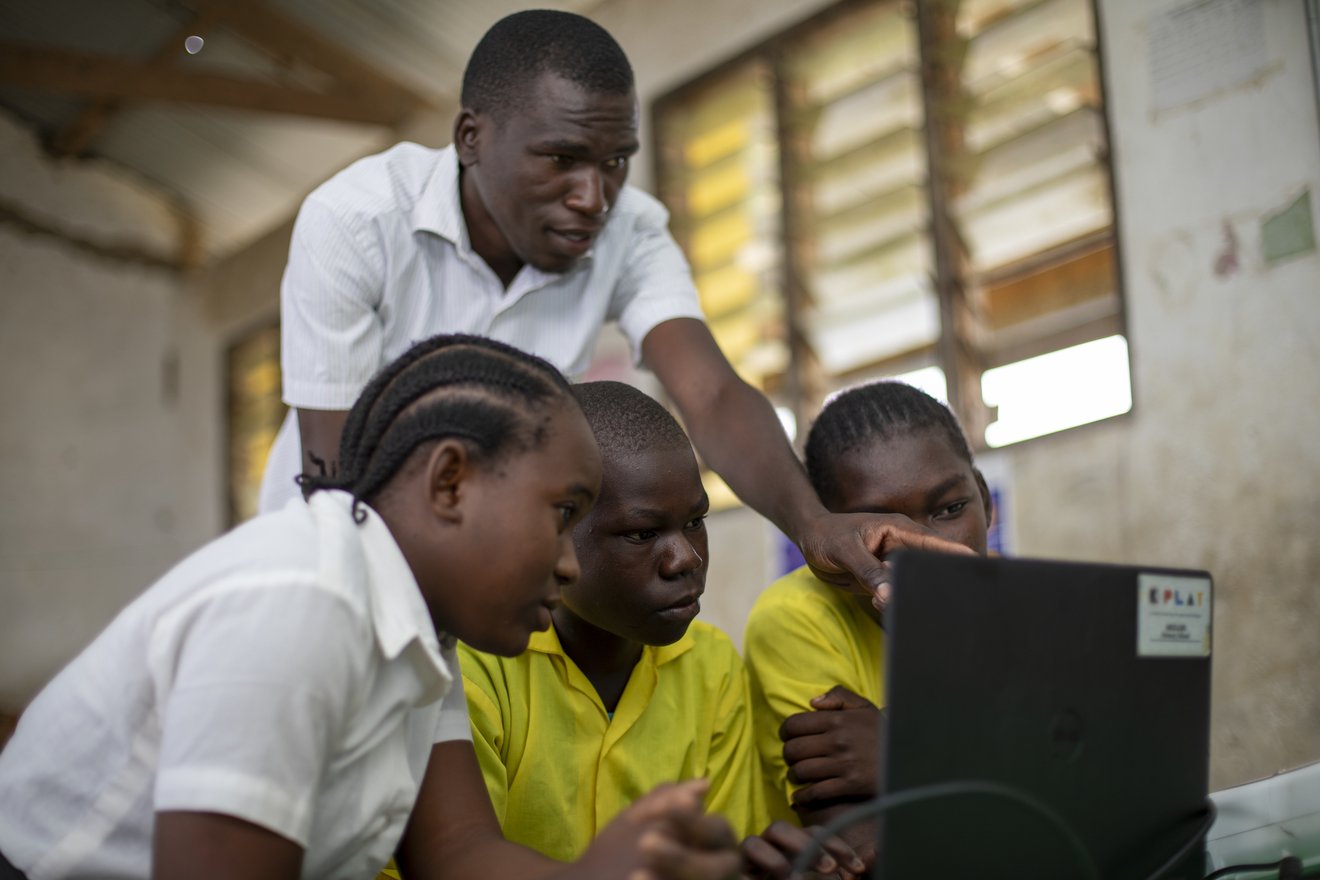
2025, Kenya, Kilifi. Solar power reinstalled through DCP and the IEC Global Impact Fund brings reliable electricity back to Mkuluni Primary School in Mariakani; students can code again. Pictured: Mwanpili Ali, Festus Hamisi, Milicent Dzame, Sammy Kalume Kadenge.
©Mutunga Al-Amin/IEC/Fairpicture
What stands out from these three perspectives is that ethical representation is less about ticking boxes and more about relationships. Relationships with organisations, with communities and with the broader audiences who encounter the images. Guidelines provide necessary scaffolding, but it is the practice of listening, explaining, and pushing back when needed that ensures visual storytelling is both responsible and impactful.
For Bora, Fabrice, and Mutunga, ethics is not necessarily a hurdle but a creative challenge. A challenge that requires patience, empathy and professionalism. Their stories remind us that in the field of global development, every image is more than a picture: it is a representation of someone’s life, dignity, and humanity.
As NGOs continue to refine their guidelines and adopt new tools, it is the commitment of visual storytellers that will ultimately determine whether ethical representation is realised in practice. Yet practitioners are often stretched thin, with little time to wade through lengthy documents. That’s why it would be valuable for NGOs to explore more accessible formats such as interactive guides or short videos that better support time-pressed practitioners, instead of 20+ pages of written guidelines.
David Girling
Associate Professor
School of Global Development
University of East Anglia
For more information about David’s research On ethical representation visit www.charity-advertising.co.uk
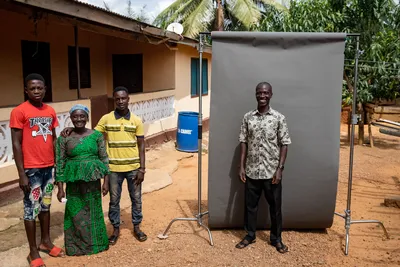
October 2024 - Fairpicture
This series of downloadable articles by Ibex and Fairpicture aims to provide valuable insights into how co-creative storytelling can bring about genuine representation by shifting narratives from being told about communities to being told with them.
Learn more about Co-Creation in Content Production
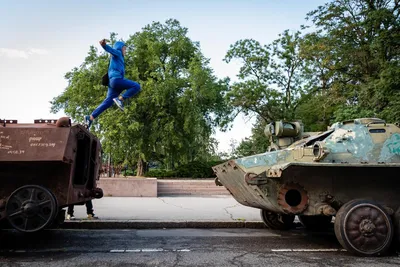
May 2025 - Noah Arnold
Discover how transparent communication and ethical storytelling can help NGOs and non-profits build trust, foster inclusion, and challenge traditional narratives.
Learn more about Civil Society Under Pressure: The Role of Transparent Communication and Ethical Storytelling
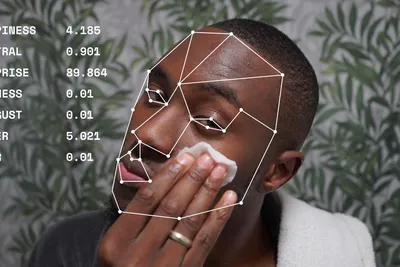
November 2025 - Prof. Dr. Peter G. Kirchschlaeger
This article explores what truly makes a picture “ethical” in the age of AI-generated imagery, arguing for human-made, consent-based visuals that respect truth, dignity and autonomy.
Learn more about Ethical Pictures in the Age of AI – An Opinion Piece